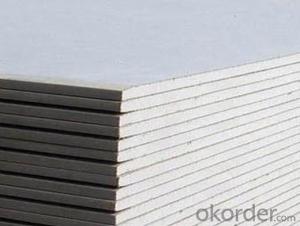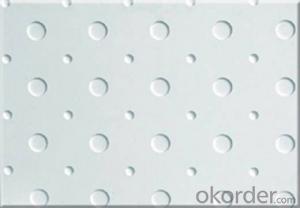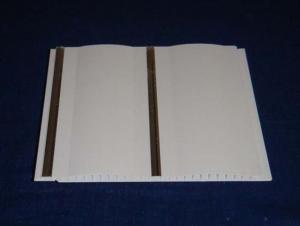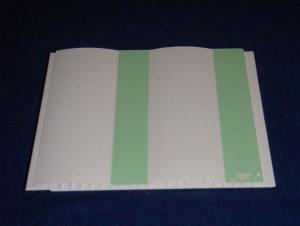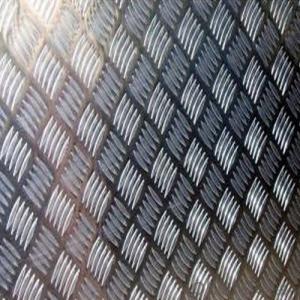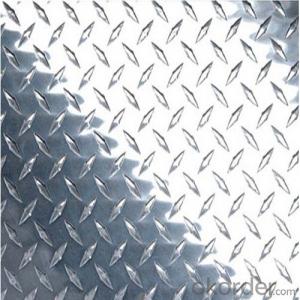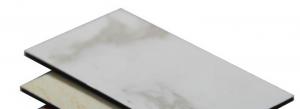Aluminum Diamond Plate Panels
Aluminum Diamond Plate Panels Related Searches
Best Inverter For Solar Panels Inverter Box For Solar Panels Inverter For Solar Panels Cost Fiberglass Panels For Roofing Foam Panels For Building Wall Lights For Bedrooms Geogrid For Retaining Wall Tar Paper For Roofing Wall Spotlight With Plug Woven Steel Mesh PanelsHot Searches
Steel Mesh Panels For Sale Price For Stainless Steel Scrap Scrap Price For Stainless Steel Price For Stainless Steel Stainless Steel Tank For Sale Cheap High Tea Sets For Sale Stainless Steel Tanks For Sale Stainless Steel For Sale High Density Fiberboard For Sale Solar Hot Water Collectors For Sale Scaffolding For Sale In Uae Scaffolding For Sale In Ireland Scaffolding For Sale In Houston Type Of Inverter For Solar Price Of Shipping Containers For Sale Types Of Inverter For Solar Stock Price For Aluminum Used Solar Inverter For Sale Portable Led Signs For Sale Steel Mesh Panels For SaleAluminum Diamond Plate Panels Supplier & Manufacturer from China
Okorder.com is a professional Aluminum Diamond Plate Panels supplier & manufacturer, offers integrated one-stop services including real-time quoting and online cargo tracking. We are funded by CNBM Group, a Fortune 500 enterprise and the largest Aluminum Diamond Plate Panels firm in China.Hot Products
FAQ
- Over the years, the thermite reaction has been used for welding railroad rails, in incendiary bombs, and to ignite solid-fuel rocket motors. The reaction is given below.Fe2O3(s) + 2 Al(s) 2 Fe(l) + Al2O3(s)What masses of iron(III) oxide and aluminum must be used to produce 10.0 g iron?a) iron (III) oxideb)aluminiumc)What is the maximum mass of aluminum oxide that could be produced?
- I'm going to show my calculations anyways Fe2O3(s) + 2 Al(s) -- 2 Fe (l) + Al2O3 (s) From the equation : 1 mole of iron (III) oxide 2 moles of aluminium -- 2 moles of iron 1 mole of aluminium oxide Given that iron = 10.0 g = 10.0 g / 55.8 g per mole = 0.179 mol of iron (corr to 3 sig fig) Because the mole ratio of iron to iron (III) oxide is 2 : 1 Therefore moles of iron (III) oxide produced = 0.179 / 2 = 0.0895 mol Convert it back to grams 0.0895 x (55.8 x 2 + 16.0 x 3) = 14.3 grams (corr to 3 sig fig)' a) 14.3 grams of iron (III) oxide must be used ----- Given that iron = ...... (previously calculated) ...... = 0.179 mol of iron (corr to 3 sig fig) Because the mole ratio of iron to aluminium is 1 : 1 Therefore moles of aluminium produced = 0.179 mol Convert it back to grams 0.179 x 27.0 = 4.83 grams (corr to 3 sig fig) b) 4.83 grams of aluminium must be used ----- Given that iron = 0.179 mol Because the mole ratio of iron to aluminium oxide is 2 : 1 Therefore moles of Al2O3 produced = 0.179 / 2 = 0.0895 mol Convert it back to grams 0.0895 x (27.0 x 2 + 16.0 x 3) = 9.13 grams (corr to 3 sig fig) c) 9.13 grams of aluminium oxide is the maximum mass that could be produced P.S. The relative molecular masses used are from my textbook
- Aluminum sheets can be made from different types of alloys, each with its own unique properties and uses. Here are some of the most commonly used ones: - The 1100 alloy is pure aluminum and has excellent resistance to corrosion and good formability. It is often utilized for general sheet metal work like roofing and siding. - The 3003 alloy is similar to 1100 but contains added manganese, which makes it slightly stronger. It is commonly employed for applications that require moderate strength and good resistance to corrosion, such as packaging and automotive parts. - The 5052 alloy is renowned for its exceptional corrosion resistance, particularly in marine environments. It is also highly formable and weldable, making it suitable for various applications like fuel tanks, marine components, and architectural panels. - The 6061 alloy is one of the most versatile and widely used aluminum alloys. It offers excellent strength, weldability, and resistance to corrosion. It is commonly found in structural applications like aircraft parts, bicycle frames, and automotive components. - The 7075 alloy is a high-strength alloy frequently utilized in aerospace and military applications. It exhibits excellent resistance to fatigue and is easily machinable. It is typically employed for aircraft structures, missile parts, and high-stress components. These examples illustrate the variety of aluminum alloys available for sheet production. The choice of a specific alloy depends on desired properties, such as strength, resistance to corrosion, formability, and cost, as well as the intended application.
- Yes, aluminum sheet can be used for soundproofing to some extent. Aluminum is a dense and rigid material, making it effective at blocking sound transmission. When used in conjunction with other soundproofing materials, such as foam or mineral wool, it can further enhance soundproofing capabilities. However, it is important to note that aluminum sheet alone may not provide complete soundproofing, as it may still allow some sound to pass through due to its thin nature. Additionally, proper installation and sealing of any gaps or openings is crucial for maximizing the soundproofing effectiveness of aluminum sheet.
- The fatigue strength of 101 aluminum sheets refers to the maximum stress level that the sheets can endure without experiencing fatigue failure. The fatigue strength of a material is typically determined through fatigue testing, where the material is subjected to repeated cyclic loading until failure occurs. However, it is important to note that the fatigue strength can vary depending on a range of factors such as the sheet's thickness, surface condition, heat treatment, and other mechanical properties. Therefore, without specific information on these variables, it is not possible to provide an accurate value for the fatigue strength of 101 aluminum sheets. To determine the fatigue strength of 101 aluminum sheets, it is recommended to consult the material's technical datasheet or reach out to the manufacturer or supplier for specific information. They can provide details on the fatigue properties, including the endurance limit or the stress level at which the material can withstand an unlimited number of cycles without fatigue failure.
- is steel better for making bicycle frames.....how does it differ from the aluminum framed bikes?
- Which is better? Neither, they are different though. Steel is a very good material for cost effective bicycles 1. If properly designed it can be made light 2. It usually has a forgiving ride. A steel bike will absorb some the shock from the road. Over a longer ride this is very nice indeed. This is what is meant by the phrase Steel is real!. 3. It is a very thoroughly understood material, so designs are very reliable 4. Unfortunately it is prone to rust. Keep the paint in good shape and if you have a nicer bike use JP Weigle Frame Saver on the inside of any tubes you can. Should do the trick. 5. Can be worked with easily available tools whereas aluminum requires some specialized and expensive tools. This is why many custom bikes are made from steel. Aluminum: 1. Light, stiff, efficient 2. Can be a harsh ride. 3. Good for entry level racers who can't afford Carbon Fiber (CF) 4. Cost effective 5. Very rust resistant It comes down to money and preference. I personally have voted steel a long time ago. I've ridden many aluminum bikes and don't like the ride. But that's me. Try them yourself and see which you like best. As far as longevity, that's more of a design issue than material.
- Yes, aluminum sheets are highly suitable for signage or advertising purposes. Aluminum is a versatile and durable material that is resistant to rust, corrosion, and weathering, making it ideal for outdoor use. It is lightweight, allowing for easy installation and transport, and its smooth surface provides a professional and sleek appearance. Aluminum sheets can be easily cut, shaped, and engraved, allowing for customization and creativity in designing eye-catching signs and advertisements. Additionally, aluminum sheets can be printed on directly or laminated with vinyl, allowing for vibrant and long-lasting graphics. Overall, the properties of aluminum make it an excellent choice for signage and advertising purposes.
- Yes, aluminum sheets can be coated with other materials. Aluminum is a versatile metal that can be easily coated with various substances, such as paints, lacquers, polymers, and specialty coatings. These coatings can enhance the appearance, durability, corrosion resistance, and thermal or electrical properties of the aluminum sheets.
- Yes, aluminum sheets are suitable for decorative screens. They are lightweight, durable, and can be easily customized into various shapes and designs. Additionally, aluminum's corrosion resistance makes it suitable for both indoor and outdoor applications, making it a popular choice for decorative screens.


